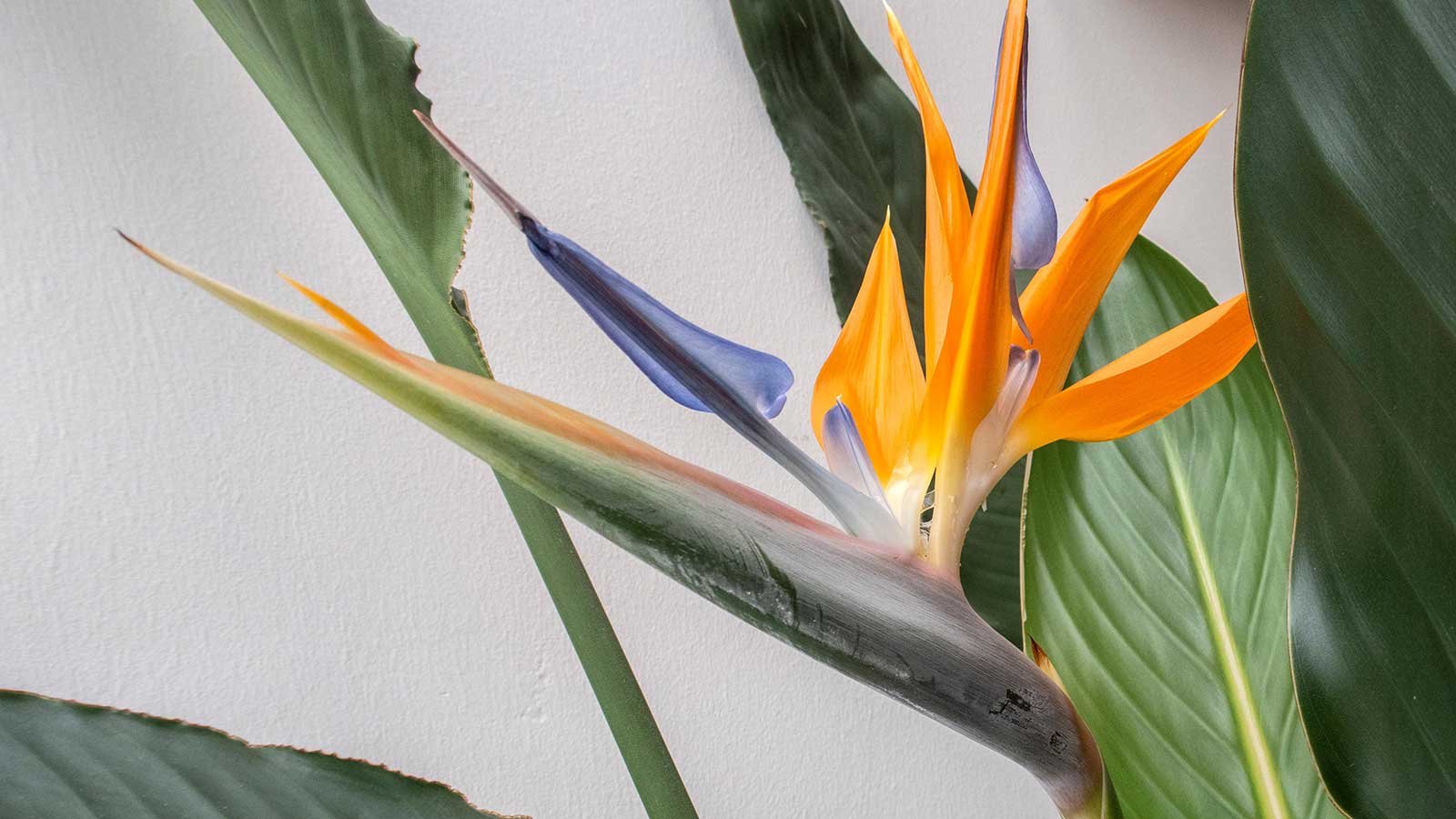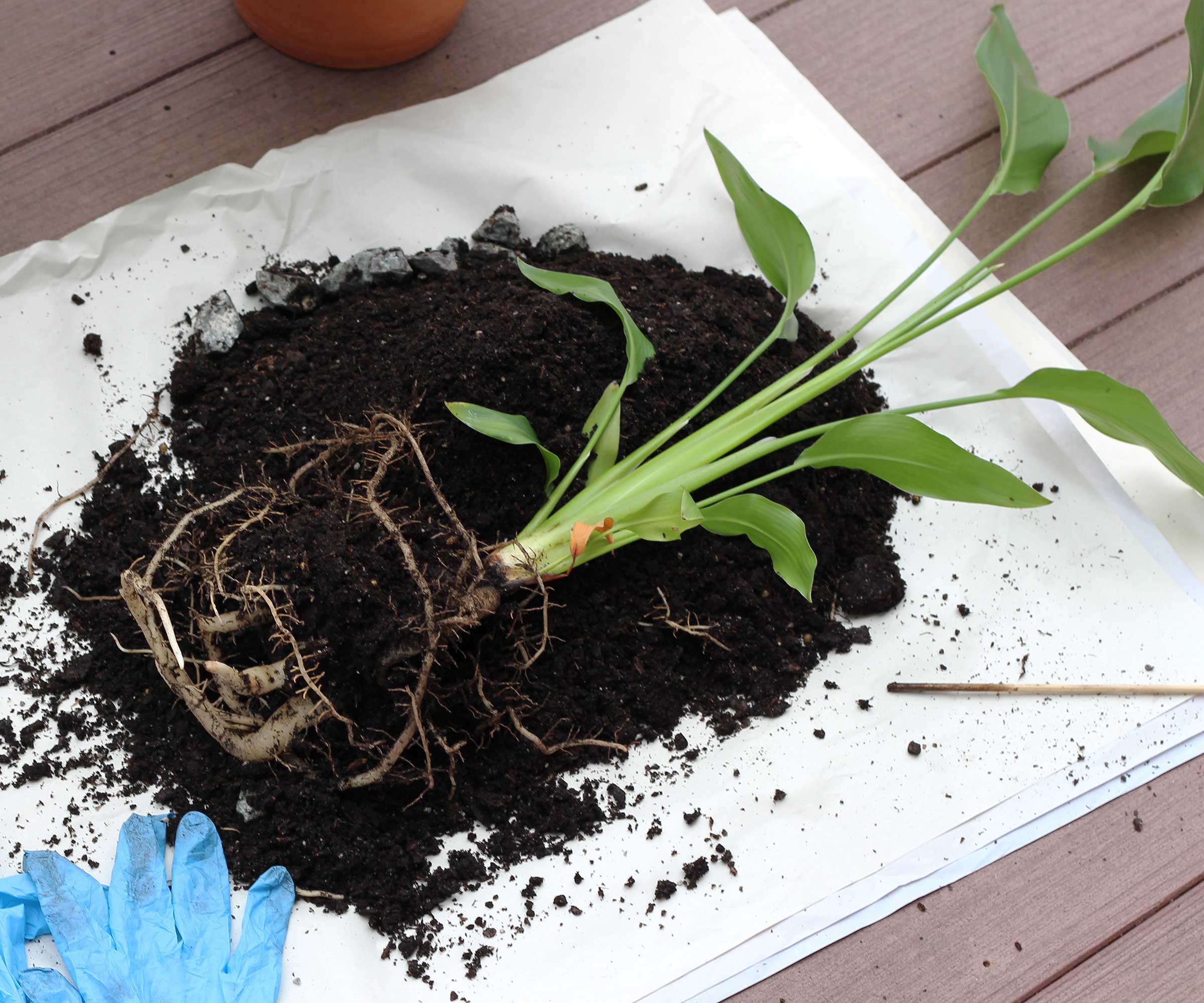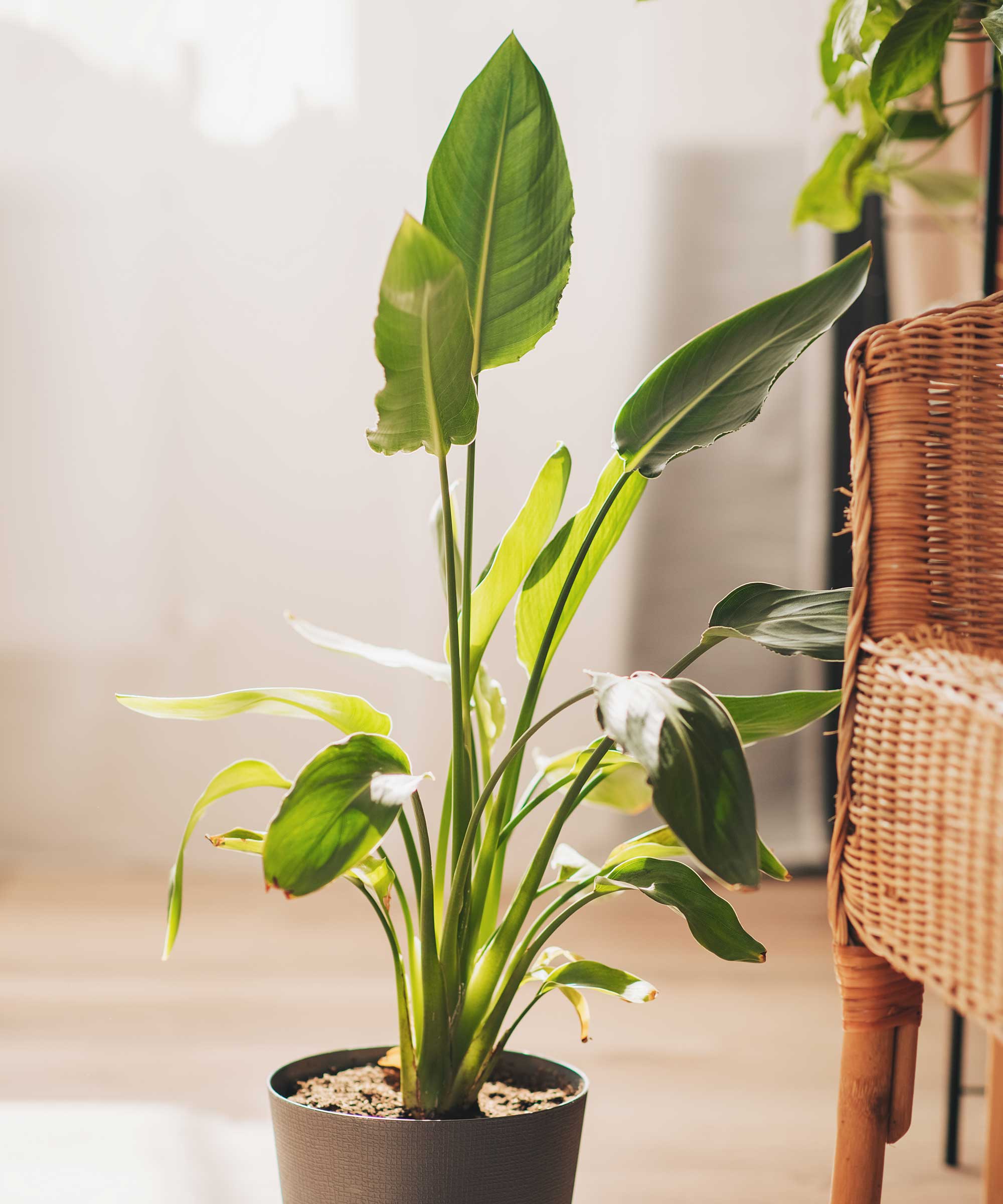How to repot a bird of paradise – 6 simple steps to keep your houseplant in top condition
Give your strelitzia a new home with this simple guide – but only when the time is right


Bird of paradise plants, otherwise known as strelitzia, are native to South Africa. As they're used to such tropical conditions, in milder climates they can only be grown successfully indoors. Conveniently, they're one of the best indoor plants for making a statement, with their large, upright form and glossy leaves. They're perfect for adding a jungle-like vibe to a sunny corner.
When grown outdoors under optimal conditions, these plants also produce colorful flowers that resemble birds – which is where the common name comes from. Unfortunately, blooming is much rarer indoors, but in the right circumstances, it can still be possible.
Knowing when and how to repot a bird of paradise properly helps to encourage those blooms, as well as keep the plant in top health. It only needs to be done once every few years, and takes just a few steps.

These plants will occasionally flower indoors, with the right conditions
How often should you repot a bird of paradise?
While some plants do best with plenty of space to grow, bird of paradise plants actually benefit from being a little pot-bound. 'For example, a six-year-old plant should be in about a 10in pot, and should remain in that size pot for some years,' say the Amateur Gardening magazine experts.
Aim to repot your plant once every three to four years, they add. It's best to do so in spring or summer, when the plant isn't dormant.

Avoid repotting your plant too often
How to repot a bird of paradise in 6 simple steps

John has been a garden journalist for over 50 years and regularly answers readers' questions in Amateur Gardening magazine, including many about houseplants. He has also written four books and has delivered many talks over the years on horticulture.
John Negus shares his advice on how to repot a bird of paradise:
- Take a pot 8in larger in diameter than your plant's current one.
- Remove your plant and carefully use a hand fork to tease apart the rootball, especially if the roots are starting to grow in a circle.
- Cover the new pot’s drainage holes with crocks or stones and fill it with 4in of a mix, by volume, of three parts loam-based compost, and one part coarse grit.
- Reset the rootball at the same depth at which it was previously growing and cover it with more compost. Gently firm it around the sides to avoid air pockets.
- Leave a 2in gap between the top of the compost and the rim of the pot to allow for watering.
- Ideally, cover the top of the compost with slate chippings (available on Amazon) to stop the compost from ‘panning down’ when you water.

These plants have attractive foliage on upright stems
Why won't my bird of paradise bloom indoors? Are there other ways to encourage it?
Getting these plants to flower indoors is rare. As well as repotting your bird of paradise only when necessary, and doing so in the correct way, there are a few other things you can do to increase your chances.
Design expertise in your inbox – from inspiring decorating ideas and beautiful celebrity homes to practical gardening advice and shopping round-ups.
'They really benefit from regular feeding,' say the Amateur Gardening experts. 'Use a high-potash fertilizer such as tomato feed during spring and early summer to encourage the production of flower buds and then change to a balanced fertilizer for the rest of the growing season to encourage strong and healthy growth.'
The environment is important, too. These indoor tropical plants like humidity and warmth, but protect them from direct sunlight during the hottest parts of the year. Avoid overdoing it when watering these indoor plants, and keep the compost virtually dry during the winter, the Amateur Gardening experts add. This is when the plant will be dormant. Don't feed them during this time, either.
Even in optimal conditions, don't expect flowers straight away. 'They usually take up to five years to flower for the first time, but your patience will be rewarded when they do,' says gardening expert John Negus. If you want guaranteed blooms in your home, consider adding more reliable indoor flowering plants to your collection, too.

Holly started writing about gardening five years ago, and she is a regular contributor to Homes & Gardens. She has also written many gardening features for Woman & Home and Real Homes, too. She has previous experience as a professional gardener, where she helped to plant and maintain private gardens. Holly has also looked after allotment plots over the years and loves to grow her own flowers and veggies from seed. In her spare time, she enjoys visiting local gardens, botanical drawing, and tending to her ever-growing collection of houseplants.